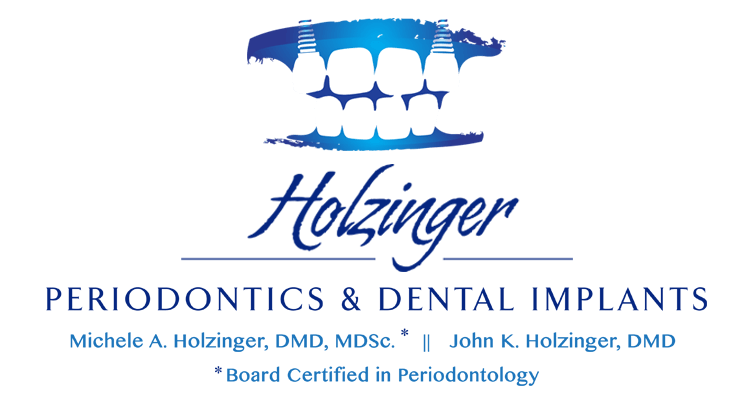Periodontal disease, more commonly known as gum disease, is a bacterial infection of the gum tissue. It occurs when plaque, a sticky film made up of food residue and bacteria, builds up on the teeth along the gumline. When plaque isn’t removed it can harden into calculus, which is harder to remove and more likely to infect the gums.
Nearly half of the population suffers from periodontal disease, even though it is a preventable condition. How do you prevent periodontal disease? There’s plenty you can do.
Brush Your Teeth Twice a Day
The general recommendation regarding brushing your teeth is to brush twice a day, morning and night, with fluoride toothpaste. Brushing removes plaque from your teeth on a regular basis while it is still easy to remove. The longer you go between brushing, the more opportunity plaque has to build up on the teeth and get into small spaces between your teeth and gums. Brushing more frequently, such as after each meal, can be even more effective at preventing plaque buildup on your teeth.
Floss Your Teeth Once a Day
While brushing removes plaque from the surface of your teeth, flossing removes plaque from the spaces between your teeth. Flossing once a day is effective, as long as you are careful to wrap the floss slightly around each tooth to reach the space between the crown of the tooth and your gums. Flossing also strengthens the gum tissue, making it more resilient and resistant to infection.
Go to the Dentist Every 6 Months
No matter how well you brush and floss your teeth, some plaque will still remain. But going to the dentist every 6 months for a professional cleaning will remove any plaque left behind after brushing and flossing. Dentists have special tools to remove plaque and even hardened calculus more effectively. Having your teeth cleaned by a dentist twice a year helps keep plaque and periodontal disease at bay.
In some cases, we will suggest a more frequent recall schedule where you alternate between your general dentist and the periodontist. This is called periodontal maintenance and is done to monitor the periodontal pockets and make sure that there is proper bacterial removal between visits.
Avoid Excess Sugar in Your Diet
When you consume sugar, either in food or drink, it feeds the bacteria in your mouth. The sugar sticks to your teeth and attracts bacteria that can invade your gum tissue. A high sugar diet can also lead to diabetes, which puts you at a greater risk of developing periodontal disease.
See a Periodontist for Treatment and Procedures
If you have had gum disease and it keeps coming back, you may need to see a periodontist. A periodontist specializes in treating and preventing periodontal disease, using procedures like scaling (removing plaque and calculus from under the gum line) and root planing (smoothing the surface of the tooth roots to eliminate places for plaque to gather). Pocket reduction surgery can prevent gum disease from recurring by lessening the space between the teeth and the gums. Periodontal maintenance may be recommended, consisting of more frequent teeth cleaning than the usual 6 month time frame.
Holzinger Periodontics Can Help You Prevent Periodontal Disease
When gum disease keeps plaguing you, it's time to see a specialist. Holzinger Periodontics can provide you with the treatment you need to get rid of your gum disease and keep it from coming back. Through individualized treatment and a periodontal maintenance plan, your gum disease can be gone for good. Brushing and flossing at home and reducing your sugar intake can also help.
Contact us today to schedule a consultation.

